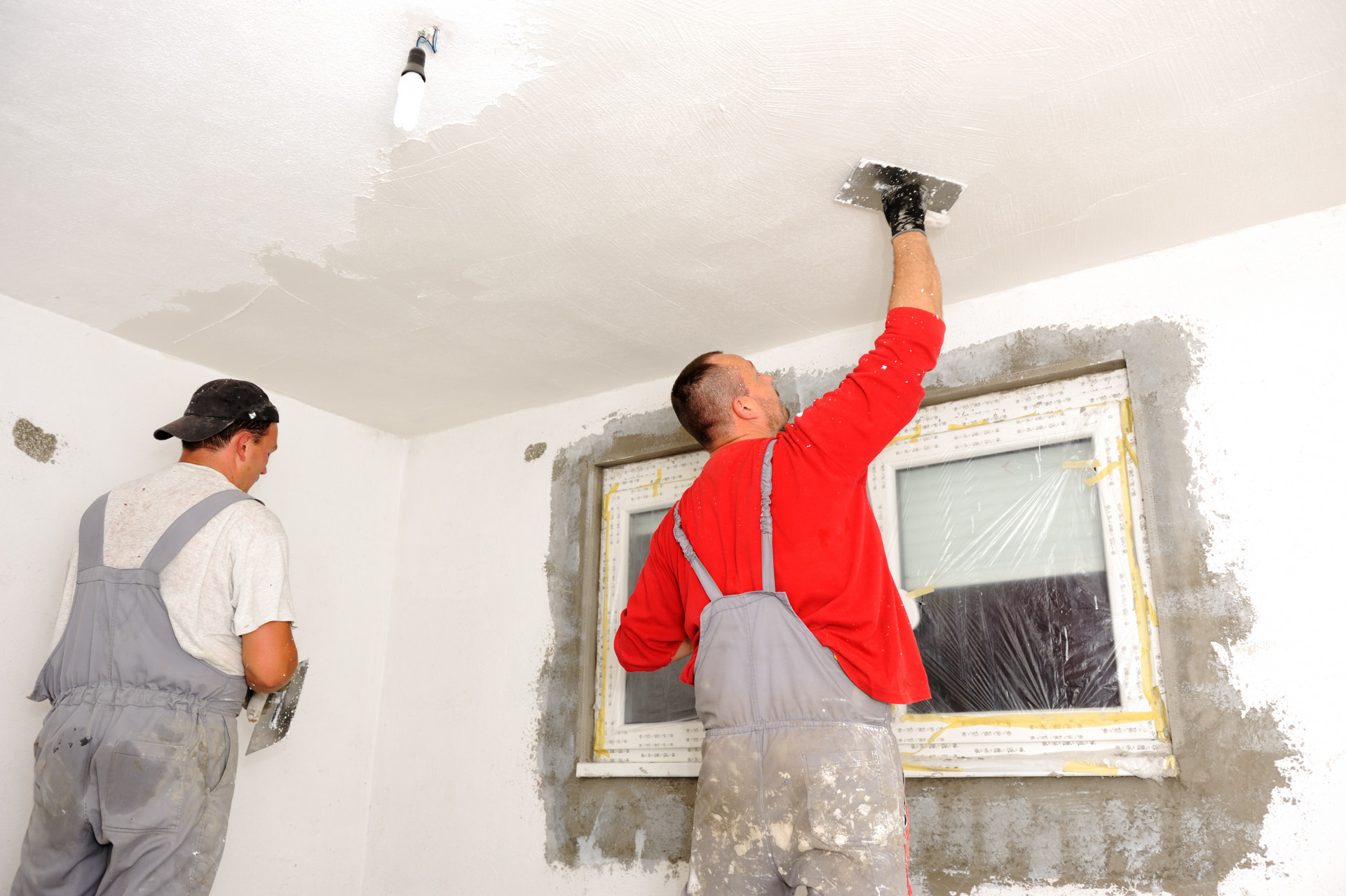How Many House Flippers Are Actually Successful? The Reasons for Failures.

House flipping has been on the rise in the past few years, as well as the real estate market in the US. There are a lot of TV shows portrait house flipping as a glamorous job, and it attracts a lot of new investors to this business every year. But the statistics about house flippers making profits are of different categories.
Becoming a real estate investor is a unique chance to become a one-man renovation crew. Buy, renovate and sell distressed houses. There are rules guiding the house flipping task and one of them is the 70% rule which states that an investor should pay no more than 70% of the ARV (after-repair value) of a property minus the repairs needed. The ARV is what a home is worth after it is fully renovated.
Here are some of the numbers.
According to ATTOM Data solutions` report, homes flipped in the second quarter of 2018 yielded an average gross return on investment of 44.3 percent, down from 47.8 percent in the previous quarter and down from 50.0 percent in Q2 2017 to the lowest average gross flipping ROI since Q3 2014.
40% of house flippers are not successful based on data over the years. Out of this 40%, a reasonable percentage of them sell for the break even price or a loss before all the expenses are added, this has lead a lot of house flippers out of the business.
There are lot of reasons I can personally point out on why there are lot of flips with no profits. Let me bring couple here.
The First and the biggest one is underestimating repairs.
There has been a lot of time when I went through the property, and it seemed like there was going to be needed a simple renovation with painting the interior, installing new kitchen and renovating the bathroom. But after getting home and adding everything up I realized that I needed 70k in repairs there. There also have been times when I calculated every single item for renovation and still ended up spending 20% over estimated repairs. My rule of thumb now is to add at least 10% for miscellaneous items.
The second big factor that some new flippers oversee is how long the project will take.
What they don’t sometimes realize is the time it will take to submit permits and get town`s approval. Some DOB`s will take their 2 weeks for approval, just so at the end they could tell you that you needed another document or a piece of paper. Dealing with Building Departments is rarely a piece of cake. And they are least concerned about your profit margin shrinking with every day wasted, but can you blame them?
Another factor investor should always consider is how long will the property sit on the market. It’s impossible be precise in these calculations, as nobody has a crystal ball. However, you can estimate a month your project will be ready for sale. And this will be a pretty good indicator of how soon you will be able to sell the house. I would love to get into more details on reasons why the profit margins are shrinking but will save it for another time.
Let me get back to some more statistics now. The first half of 2018 saw flipping activity slow to near a four-year low and profit margins shrink to the lowest average gross return on investment (ROI) since late 2014, according to ATTOM Data. That doesn’t mean there isn’t money to made (ROI was just north of 44%), but it does mean that care is required. The average gross profit on a flip is $65,520, but that’s gross.
In today’s very competitive market for homes fixer-uppers, it is hard not to pay to much on the initial purchase of the house in order to outbid the competition. This is why good old DUE DILIGENCE is always a key.